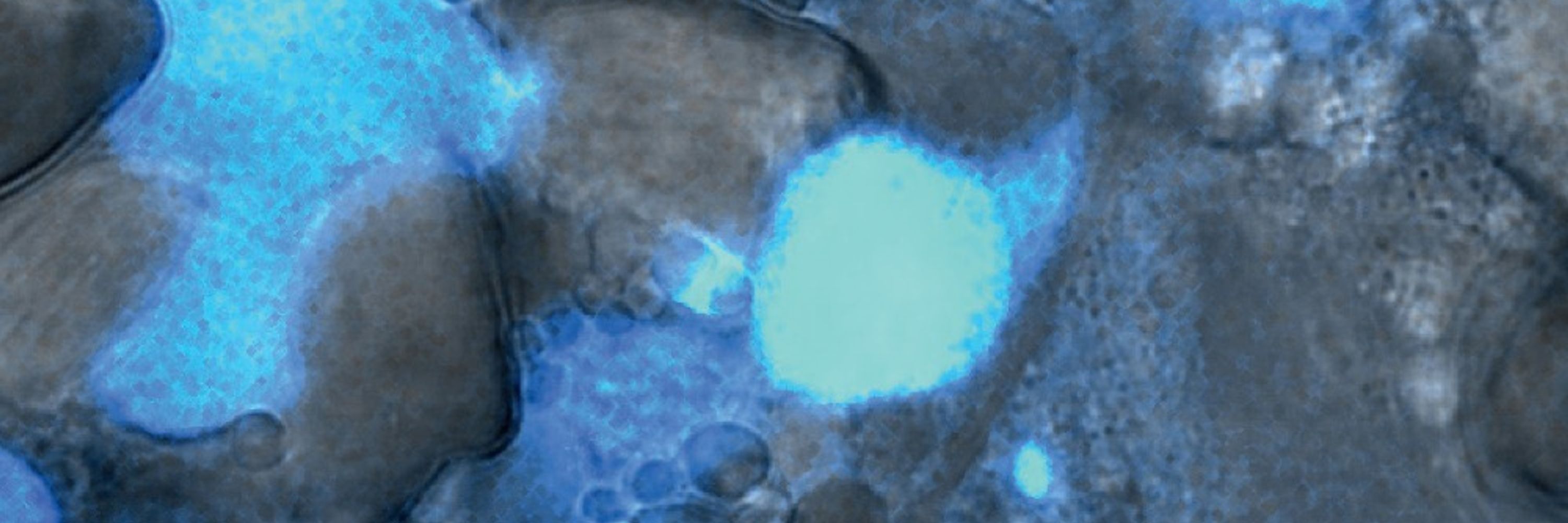
Gustavsson et al.
nph.onlinelibrary.wiley.com/doi/10.1111/...

Gustavsson et al.
nph.onlinelibrary.wiley.com/doi/10.1111/...
#TansleyReview by Laura Morales de Los Ríos et al. @frannybarbs.bsky.social @lacombeb.bsky.social
nph.onlinelibrary.wiley.com/doi/10.1111/...
#plantscience

#TansleyReview by Laura Morales de Los Ríos et al. @frannybarbs.bsky.social @lacombeb.bsky.social
nph.onlinelibrary.wiley.com/doi/10.1111/...
#plantscience
Schley et al.
nph.onlinelibrary.wiley.com/doi/10.1111/...

Schley et al.
nph.onlinelibrary.wiley.com/doi/10.1111/...
Bullington et al. @lorindabee.bsky.social
nph.onlinelibrary.wiley.com/doi/10.1111/...

Bullington et al. @lorindabee.bsky.social
nph.onlinelibrary.wiley.com/doi/10.1111/...
Cordeiro et al.
nph.onlinelibrary.wiley.com/doi/10.1111/...

Cordeiro et al.
nph.onlinelibrary.wiley.com/doi/10.1111/...
Li et al.
nph.onlinelibrary.wiley.com/doi/10.1111/...

Li et al.
nph.onlinelibrary.wiley.com/doi/10.1111/...
Michael P. D'Antonio and Boyce
nph.onlinelibrary.wiley.com/doi/10.1111/...

Michael P. D'Antonio and Boyce
nph.onlinelibrary.wiley.com/doi/10.1111/...

Hõrak @hanna-horak.bsky.social
nph.onlinelibrary.wiley.com/doi/10.1111/...

Hõrak @hanna-horak.bsky.social
nph.onlinelibrary.wiley.com/doi/10.1111/...
nph.onlinelibrary.wiley.com/doi/10.1111/...
#Commentary by Arnaud et al. highlighting the recent work by Milligan et al.
nph.onlinelibrary.wiley.com/share/YYUPBV...

nph.onlinelibrary.wiley.com/doi/10.1111/...
#Commentary by Arnaud et al. highlighting the recent work by Milligan et al.
nph.onlinelibrary.wiley.com/share/YYUPBV...

Valadão-Mendes et al.
nph.onlinelibrary.wiley.com/doi/10.1111/...

Valadão-Mendes et al.
nph.onlinelibrary.wiley.com/doi/10.1111/...
Bosch et al.
nph.onlinelibrary.wiley.com/doi/10.1111/...

Bosch et al.
nph.onlinelibrary.wiley.com/doi/10.1111/...

Fahad et al.
nph.onlinelibrary.wiley.com/doi/10.1111/...

Fahad et al.
nph.onlinelibrary.wiley.com/doi/10.1111/...
(🧵 1/7) Moving from an experiment- to an observation-dominated era in global change impact research on vegetation
nph.onlinelibrary.wiley.com/doi/10.1111/...

(🧵 1/7) Moving from an experiment- to an observation-dominated era in global change impact research on vegetation
nph.onlinelibrary.wiley.com/doi/10.1111/...
Laurier University! #CSPB_ERM @wilfridlaurieruni.bsky.social
Eight more days to go! 🌱😻👏

Laurier University! #CSPB_ERM @wilfridlaurieruni.bsky.social
Eight more days to go! 🌱😻👏
Global patterns in seagrass trait composition are strongly linked to phylogenetic dissimilarity, showing the importance of evolutionary history in shaping contemporary seagrass biogeography
doi.org/10.1111/nph....


Global patterns in seagrass trait composition are strongly linked to phylogenetic dissimilarity, showing the importance of evolutionary history in shaping contemporary seagrass biogeography
doi.org/10.1111/nph....
Pesquet, Cesarino, Kajita & Pawlowski
👇
📖 nph.onlinelibrary.wiley.com/doi/10.1111/...
#LatestIssue

@nahpo.bsky.social & @martin-nunez.bsky.social
👇
📖 nph.onlinelibrary.wiley.com/doi/10.1111/...
#LatestIssue @uh.edu

@nahpo.bsky.social & @martin-nunez.bsky.social
👇
📖 nph.onlinelibrary.wiley.com/doi/10.1111/...
#LatestIssue @uh.edu
Pesquet, Cesarino, Kajita & Pawlowski
👇
📖 nph.onlinelibrary.wiley.com/doi/10.1111/...
#LatestIssue

Pesquet, Cesarino, Kajita & Pawlowski
👇
📖 nph.onlinelibrary.wiley.com/doi/10.1111/...
#LatestIssue
@jabbur.bsky.social & Carl Hirschie Johnson
👇
📖 nph.onlinelibrary.wiley.com/doi/10.1111/...
#LatestIssue

@jabbur.bsky.social & Carl Hirschie Johnson
👇
📖 nph.onlinelibrary.wiley.com/doi/10.1111/...
#LatestIssue
Ghannoum, Al-Salman & Cano
👇
📖 nph.onlinelibrary.wiley.com/doi/10.1111/...
#LatestIssue

Ghannoum, Al-Salman & Cano
👇
📖 nph.onlinelibrary.wiley.com/doi/10.1111/...
#LatestIssue
#TansleyInsight Peng et al.
nph.onlinelibrary.wiley.com/doi/10.1111/...
#plantscience

#TansleyInsight Peng et al.
nph.onlinelibrary.wiley.com/doi/10.1111/...
#plantscience


